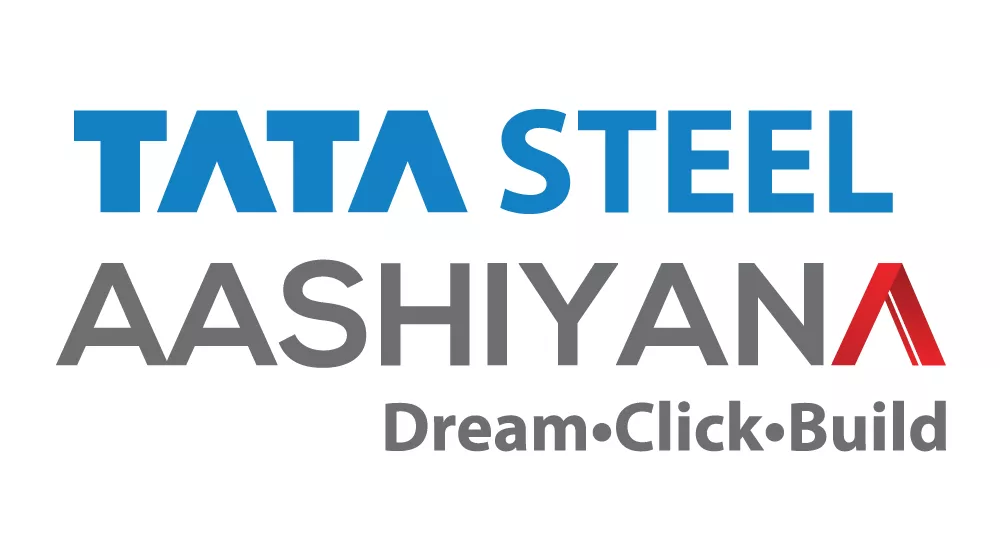
Design Your Home Colour Pallete

Choosing wall colours for your home as you go can not only be stressful and exhausting but also prevent your home from achieving a cohesive look! When you choose wall colours for each room without a clear colour palette in mind, one or two rooms almost always end up being disjointed from the rest of the house. But don’t worry, using one colour palette for your home doesn’t mean a boring, matching house. It’s all about using one colour through your home in many different ways!
Make the sometimes confusing process of choosing a colour palette for your home a little easier with these 7 simple steps:
1.Identify The Existing Colours

There are always some colours in your home that you are stuck with! Fixtures, furniture, cabinets, flooring, wall tiles & countertops are all eventually a part of your home’s colour scheme and must be considered when choosing your wall colours.The best way to create a cohesive colour scheme for your whole home is to identify the undertones of the fixed elements and make a decision to either match & compliment them throughout your home or choose colours to contrast them.
2. Choose A Colour Scheme

Choosing a colour scheme can be overwhelming but worry not! Simply start by identifying how you want your home to feel - warm, cozy, bold or lively and your favorite colour. There are three basic colour schemes for you to choose from:
Monochromatic
A monochromatic colour scheme is one where you use one single colour throughout your home but in different tints, tones and shades. This colour scheme is perfect if you want a more neutral and muted colour palette for your home.
Analogous
Also called harmonious, this colour scheme uses colours next to each other on the colour wheel: blue, green, yellow or purple, red, orange. Using this colour scheme for your home is a great choice if a warm, relaxing and calm colour palette is what you’re going for.
Complementary
Complementary colours are those which are directly opposite each other on the colour wheel: blue and orange, purple and yellow, red and green. Rooted in the concept of contrasting colours, this colour scheme is perfect if you want a bold, energetic and lively feel to your home.
3.Choose Your Neutral Colours

Neutral colours are the most important in your colour palette as they tie together the rest of your colours. The first step is to choose a hue of white which will be used as the default colour for the trims, doors, window panels, etc. Next, its time to choose the neutral hue that will be your go-to colour for all connected areas in your home like open spaces, hallways, and lofts. Also perfect for closets and bathrooms, you can choose from neutral colours that are warm (beige, brown or warm white with undertones of yellow or pink), cool (grey, black or cool white with undertones of blue or green), greige (a mixture of grey and beige).
4.Choose One Bold Colour

The boldest and most pronounced part of your colour palette, this colour will either be the darkest or lightest in your colour palette. The rule of thumb for picking your colour is choosing a colour that either matches or contrasts the undertones of your fixed elements and your chosen colour scheme (from step 1 and 2 above).
5.Choose A Secondary Colour

This colour will literally be the bold colour’s best friend! If a contrasting colour scheme is what you’re going for, choose a tint (or lighter version) of your bold colour. And, if a matching colour scheme is your choice, go for a hue next to your bold colour on the colour wheel (if your bold colour is red, you can opt for a purple or blue).
6.Choose An Accent Colour

Used very sparingly throughout your home, this hue will be used to add drama, effect and dimension to your home’s overall colour scheme. The easiest and safest choice here is to choose a neutral colour that contrasts your default colours!
7.Extend Your Colour Palette

The best way to ensure cohesive colour throughout your home is to choose a 5 colour palette- a shade of white, neutral colour and 3 other colours. However, this does not mean that you cannot add any more colours to your home. The key is to extend your colour palette while sticking to the 5 colour rule!
And there you have it, an easy to understand guide to choosing your home’s colour palette. Remember, it’s not about creating a matchy-matchy living space but about choosing a colour scheme where every colour plays off and reacts to each other to create a distinct but cohesive look!
Subscribe and stay updated!
Get all the updates on our latest articles and client stories. Subscribe now!
Other articles you might like
-
TIPS AND TRICKSJan 07 2025| 3.00 min ReadTips to build a new home in 2021 The journey from buying a plot of land to constructing your own home on it is pretty amusing. It takes a long time and requires your complete dedication.
-
TIPS AND TRICKSJan 07 2025| 2.30 min ReadHow To Remove Mold From Your Roof Guide for Algae & Moss Removal on Your Roof · 1. Using Pressure Washers 2. Using Water-Bleach Mixture 3.Using Trisodium Phosphate & More. Click to Know More!
-
Home designsJan 07 2025| 2.00 min ReadSummer Home Maintenance Hacks Summer Home Maintenance Checklist · 1. Repair & Repaint 2. Prepare To Stay Cool 3. Don't Miss The Roof 4. Keep Your Grass Green 5. Check Your Gutters & More
-
Interior productsFeb 02 2023| 3.00 min ReadHow To Estimate Your Home Building Cost Home Construction Cost Calculator by tata aashiyana can assist you to determine approximate home construction cost based your choice of materials.






